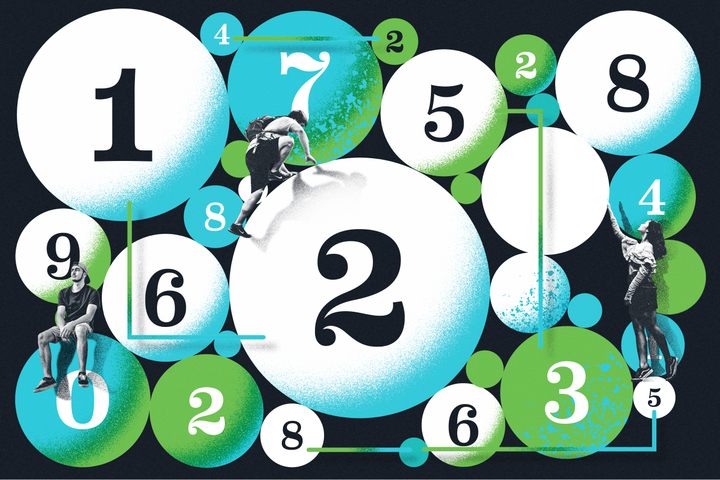
Puzzle Monday: Let Gravity Sort It Out
Editor’s Note, November 2024: Thanks for checking out our puzzle archive! While the online version of this puzzle is no longer interactive, we suggest downloading the PDF, available below. You can find other archived puzzle PDFs available for download here.
Among our crosswords and other puzzles, we’ll be featuring logic challenges from Puzzle Communication Nikoli, a cult-favorite puzzle publication from Japan. A PDF of the puzzle, as well as the solution, can be downloaded below.
The name of the puzzle Dosun-Fuwari basically contains the instructions, with a little wink. Each word is considered onomatopoeia in Japan. Dosun represents heavy objects sinking, while fuwari is for light objects floating. It’s the only puzzle in the pages of Japan’s influential reader-driven puzzle magazine, Puzzle Communication Nikoli, that has this clever distinction.
The puzzle was created in 2015 by the reader and puzzle creator with the pseudonym Longlife, who is responsible for several new puzzles over the last decade or so, including another popular one called Juosan.

Inspiration for Nikoli puzzles comes from all over, according to Nikoli president and puzzle creator Yoshinao Anpuku: math, art, letters and language, even sports. But Dosun-Fuwari is the only one to take gravity (and buoyancy) as its central principle. Longlife told Anpuku that he had always wanted to make a puzzle based on gravity, with a heavy black circle that would sink to the bottom of the grid, but he couldn’t get the the rules to work out. Then he had his own version of Newton’s apple: He needed another element—something lighter that went in the opposite direction, a floating yin to the sinking yang. The puzzle form instantly revealed itself—with a visually clear rule, that none of the elements can stop in mid-air. They have to drop or rise, unless something is there to stop them.

To solve a Dosun-Fuwari puzzle, you place one white circle (helium balloon) and one black circle (iron ball) in each region of the puzzle outlined in bold. Because the balloons are light and float, they can only be placed in the top row of the grid, under one of the blacked-in cells, or directly beneath another balloon. The same goes for the iron balls—they need to be on the bottom row, or on top of a black cell or another ball.

Stumped? Download the solutions!










Follow us on Twitter to get the latest on the world's hidden wonders.
Like us on Facebook to get the latest on the world's hidden wonders.
Follow us on Twitter Like us on Facebook